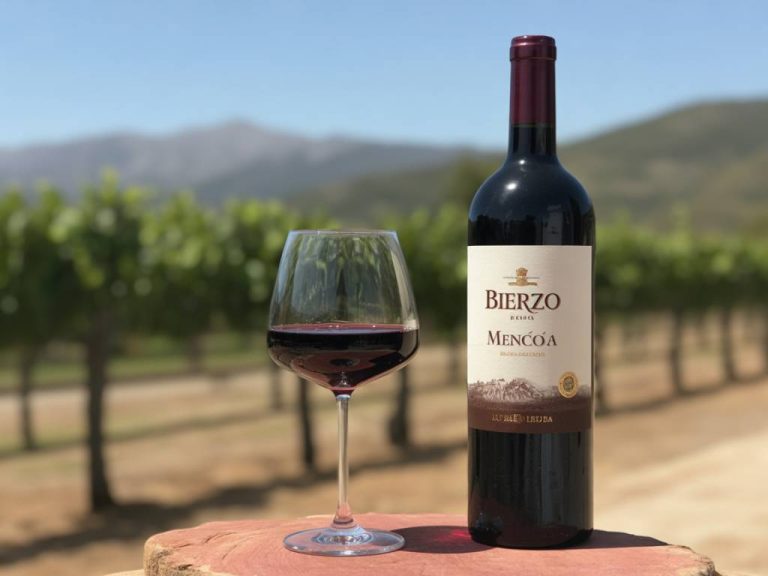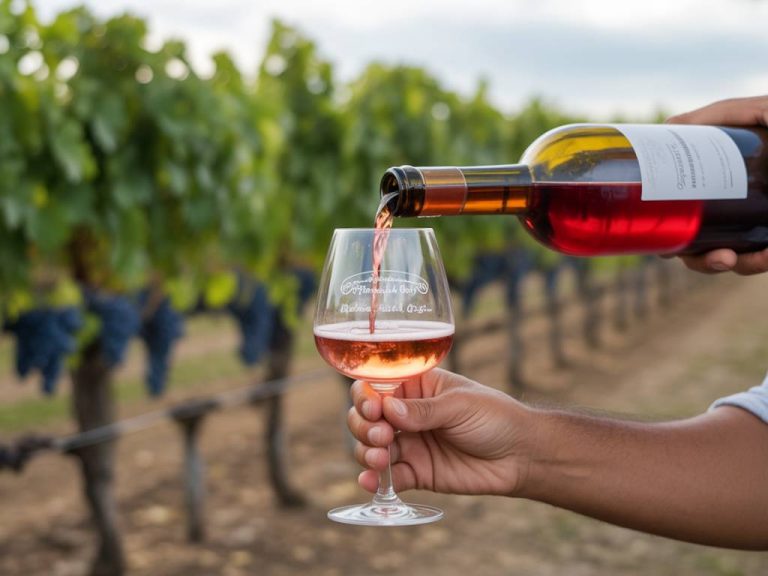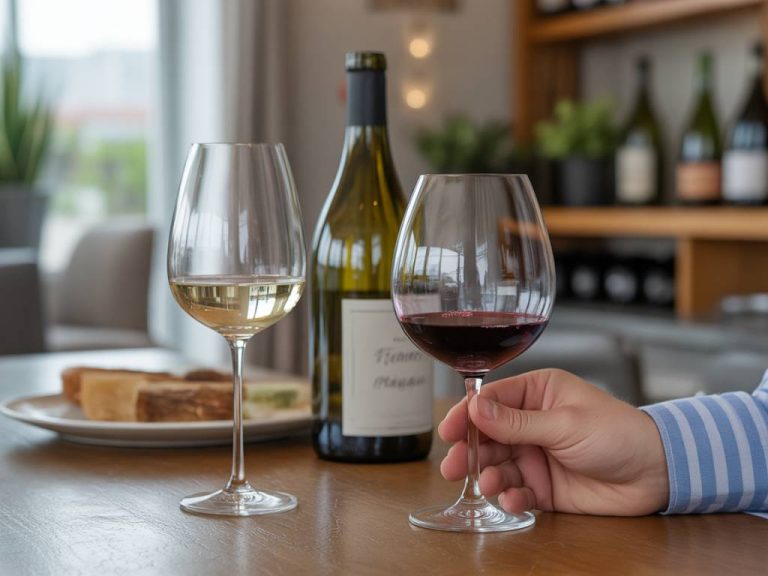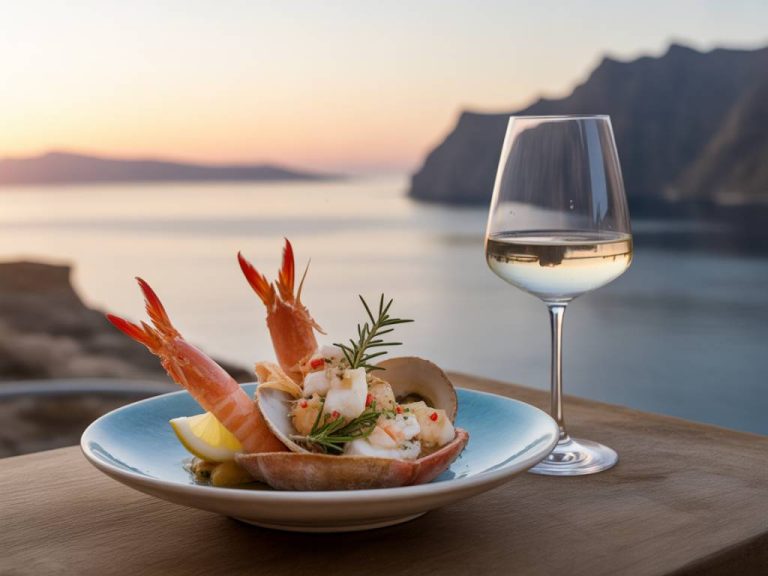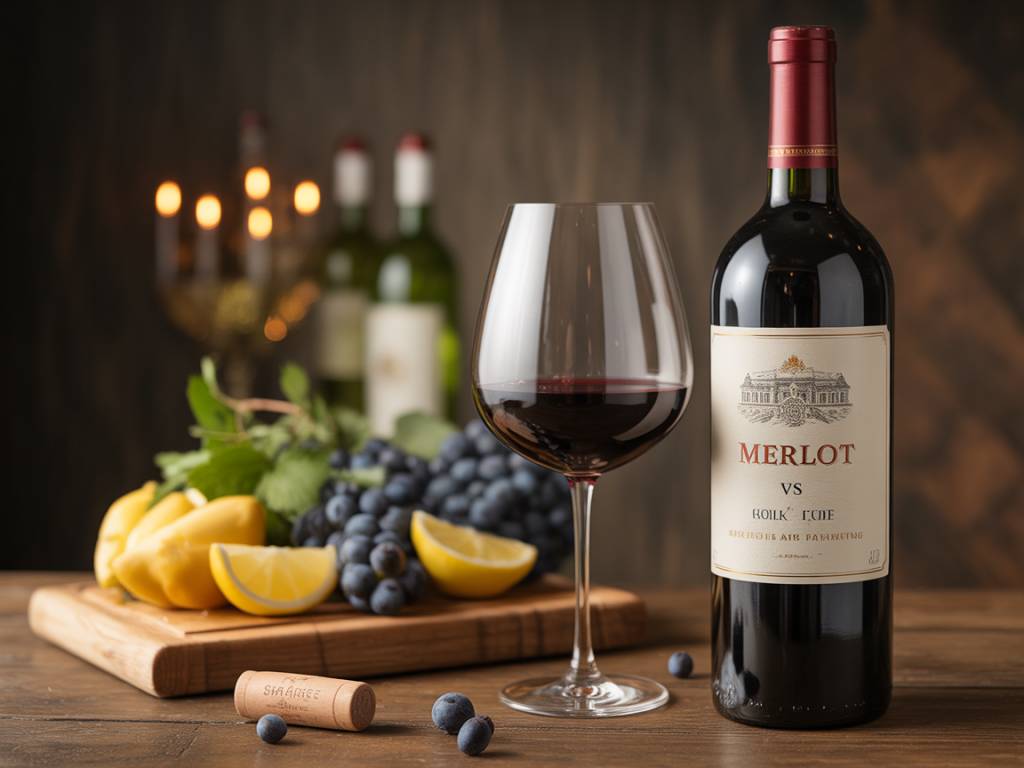
Cab vs merlot: how to choose based on taste and pairing
Understanding Cabernet Sauvignon and Merlot: Two Sides of the Red Wine Spectrum
Cabernet Sauvignon and Merlot. These two iconic red wines are often mentioned in the same breath, whether on a wine list or during a vineyard tour. Yet, they deliver remarkably different tasting experiences. At first glance, they may seem interchangeable — both are Bordeaux varietals, frequently blended together, and beloved around the world. But if you’re choosing between a Cab and a Merlot for tonight’s dinner or stocking your cellar, understanding their personalities makes all the difference.
In my years as a sommelier, I’ve watched countless guests hesitate at that classic fork in the road: “Cab or Merlot?” My answer is always the same: it depends on what’s in your glass… and what’s on your plate.
Cabernet Sauvignon: The Bold and Specialized Performer
Let’s start with Cabernet Sauvignon. Robust, structured, and complex, Cab is the wine that doesn’t back down from a challenge — or a ribeye steak.
This grape thrives in sunny regions with cool nights, where it develops its signature high tannins and black fruit profile. Think blackcurrants, cassis, sometimes with hints of cedar, green bell pepper, tobacco, or graphite. It ages particularly well, with oak aging often adding vanilla, baking spice, or toast to the mix.
Typical taste profile:
- Full-bodied
- High tannins
- Moderate to high acidity
- Flavors: blackcurrant, blackberry, tobacco, green pepper, cedar, coffee, chocolate
This isn’t a casual weeknight sipper — unless you’re that kind of wine enthusiast, and I respect that. Cabernet Sauvignon is best when it has room to breathe and food that can match its intensity.
Merlot: The Smooth Talker in Red
Merlot, on the other hand, is your affable dinner guest. It’s softer, rounder, and more fruit-forward than Cabernet, which makes it incredibly approachable — especially for those new to red wine. It ripens earlier than Cab in the vineyard and is typically lower in tannins, meaning it feels smoother on the palate.
You’ll find brighter red fruit notes — plum, cherry, raspberry — with a touch of chocolate or dried herbs. Oak aging can add vanilla or mocha, depending on the winemaking style.
Typical taste profile:
- Medium to full-bodied
- Soft to moderate tannins
- Moderate acidity
- Flavors: plum, cherry, raspberry, chocolate, mocha, baking spice, herbs
I often recommend Merlot in restaurant settings when someone wants “a red wine, not too heavy, nothing dry,” but still wants depth. Its versatility is a major asset — think of it as your reliable friend who brings good wine to every party and always pairs well with the food being served.
Head-to-Head: When to Choose One Over the Other
The real magic begins when we start thinking in terms of pairings and occasions. Here’s how I generally guide my clients and guests in choosing between the two — not just based on taste, but utility.
Match the Body to the Dish
The first rule of food pairing: match the weight of the wine with the weight of the dish.
- Cabernet Sauvignon shines with heavier, protein-rich dishes. Think grilled steak, lamb chops, venison, BBQ ribs, aged cheddar — foods with fat or richness to balance the tannins.
- Merlot is more forgiving. It pairs well with roast chicken, pork tenderloin, grilled salmon, mushroom risotto, and even turkey — dishes with more subtle flavor profiles that don’t require the tannic muscle of a Cabernet.
Think About Tannins
Don’t forget about tannins. If you’re serving a dish with lean protein or lower fat content — say, roasted vegetables or a tomato-based pasta — the high tannins of a Cabernet can feel overbearing. Here, Merlot’s gentler profile complements without overwhelming.
Consider Your Guests
Hosting a dinner party? Ask yourself: Are your guests seasoned wine drinkers who appreciate complexity and aging potential? Or are you pouring for a group that prefers smooth sips and easy-drinking reds?
- For newer wine drinkers, Merlot is your gateway red.
- For a more sophisticated, bold experience, Cabernet delivers that “wow” factor.
Here’s a real-world example: At a recent private tasting I organized in Sonoma, I poured both a 2017 Napa Valley Cabernet and a 2018 Washington State Merlot alongside a plate of grilled wild boar sausages with a blackberry reduction. The Cab amplified the smoky, gamey richness of the boar. The Merlot? It softened the dish, made the fruit sauce shine, and was ultimately preferred by half the room — especially those with less experience drinking structured reds. Different strokes, equally valid choices.
Temperature and Glassware Matter More Than You Think
No matter the wine, how you serve it can make or break the experience. Cabernet Sauvignon, with its robust profile, benefits significantly from a wide-bowled glass that allows it to open up. Serve it slightly below room temperature, around 60–65°F (15–18°C), to let the tannins soften and the bouquet emerge.
Merlot, being softer and fruitier, is a bit more forgiving — but still benefits from proper aeration. Use a medium to large glass, and aim for 57–60°F (14–15°C). Decanting, even just for 20 minutes, can round out the flavors nicely in both cases.
The Blending Perspective: Why They Work So Well Together
Cab and Merlot aren’t just rivals. They’re also partners-in-crime in countless Bordeaux blends and New World cuvées. You may wonder why.
The answer lies in balance:
- Cabernet Sauvignon offers structure, tannin, and longevity.
- Merlot rounds out the mouthfeel and adds plush mid-palate fruit.
When I consult for wineries experimenting with blending ratios, I often witness the interplay between these two grapes as a form of musical harmony. One brings the bassline; the other adds rhythm and melody. Together, they create wines that showcase power and delicacy in equal measure.
If you’re just starting to explore red blends or want to taste the synergy firsthand, pick up a Bordeaux-style blend from Napa or Walla Walla and see how the components support and tame each other.
When Aging Counts: Cellaring Potential
Have a cellar or a cool, dark closet you call your wine cave? Good news — both Cab and Merlot have aging potential, but Cabernet is the heavyweight champion here.
An age-worthy Cabernet from a structured vintage can go 10–20 years, evolving into notes of dried tobacco, leather, earth, and even truffle. Merlot, however, tends to mature more quickly and gracefully, peaking between 5–10 years depending on the style and winemaker.
If you’re setting bottles aside for a special occasion, make sure you’re tracking vintages and storing properly. Nothing’s worse than opening a 2012 Cab in 2040 only to find it dim and tired because it wasn’t cellared correctly. Trust me — I’ve done it, and I still think about that bottle.
Your Taste, Your Choice
Cabernet Sauvignon and Merlot have different voices, but neither is better than the other. One speaks in bold declarations; the other in smooth conversation. Wine isn’t about rigid rules — it’s about discovering what resonates with your palate and enhancing the moments that matter.
So next time you’re at a wine shop or scanning a restaurant menu, ask yourself: What am I really in the mood for? Something structured and commanding? Go Cab. Something plush, smooth, and comforting? Reach for Merlot. Or better yet — try both side by side. Take notes. Talk about them with friends. That’s how wine wisdom is built — one glass at a time.
And as always, if you’re out exploring Alaska’s wine trails and find yourself tasting a local Cab-Merlot blend, trust your senses. The bottle might be Alaskan, but the balance is purely Bordeaux.
